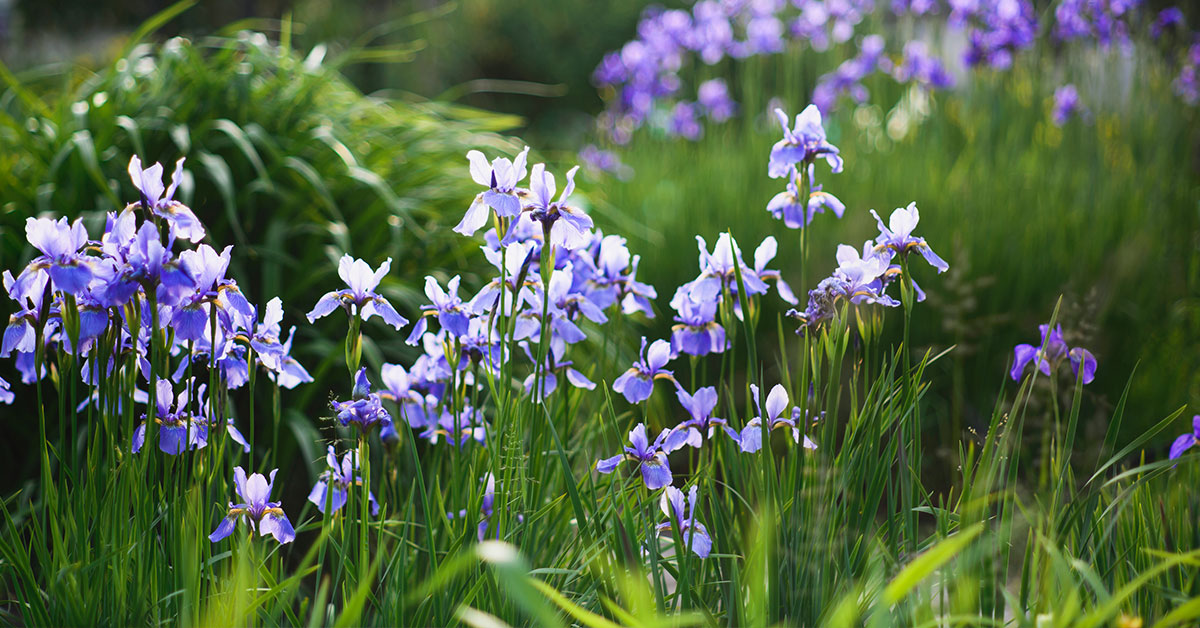Siberian Iris (Iris sibirica) is a stunning perennial flower that adds elegance and charm to any garden. Known for its hardiness and vibrant blooms, this iris species is a popular choice among gardeners seeking a reliable and low-maintenance plant.
What is a Siberian Iris?
Siberian Iris, scientifically known as Iris sibirica, is a herbaceous perennial flower that belongs to the Iris genus. It features slender, grass-like leaves that form clumps, providing a graceful backdrop to its striking flowers. The blossoms of Siberian Iris come in a variety of colors, including shades of purple, blue, white, and pink. With their delicate petals and intricate patterns, they add a touch of elegance to any garden landscape.
Siberian Iris is native to various regions of Europe and Asia, including Siberia, as its name suggests. It thrives in moist meadows, wetlands, and along the banks of streams and rivers. The plant has adapted to withstand cold climates, making it an ideal choice for gardens in USDA Hardiness Zones 3 to 8.
When to plant Siberian Irises
The best time to plant Siberian Iris is in early spring or early fall, allowing the plant to establish its roots before extreme temperatures set in. It is important to avoid planting during periods of high heat or severe frost to ensure the plant’s successful establishment.
Iris sibirica delights gardeners with its enchanting blooms during late spring and early summer. The exact blooming period may vary depending on the specific cultivar and local growing conditions. Generally, the flowers last for two to three weeks, providing a burst of color and attracting pollinators to the garden.
How to grow
To successfully grow Siberian Iris, choose a site that receives full sun to partial shade. Iris sibirica thrives in moist, well-drained soil. Amend the soil with organic matter, such as compost, to improve its fertility and drainage. Ensure the plant receives regular watering, especially during dry spells, to keep the soil consistently moist but not waterlogged.
It is important to provide proper care and maintenance for Siberian Iris. Deadhead faded flowers to encourage continuous blooming and remove any diseased or damaged foliage promptly. In late fall or early spring, cut back the foliage to ground level to rejuvenate the plant for the next growing season.
Siberian Iris is generally pest and disease resistant. However, occasional issues with slugs, snails, or aphids may arise. Monitor the plants regularly and take appropriate measures, such as using organic pest control methods or handpicking pests, if necessary.
Growing Iris sibirica can bring beauty and resilience to your garden. With its vibrant blooms and adaptability to colder climates, this hardy perennial is a wonderful addition to any landscape. By providing the right growing conditions and following proper care guidelines, you can enjoy the elegance and charm of Siberian Iris year after year.













